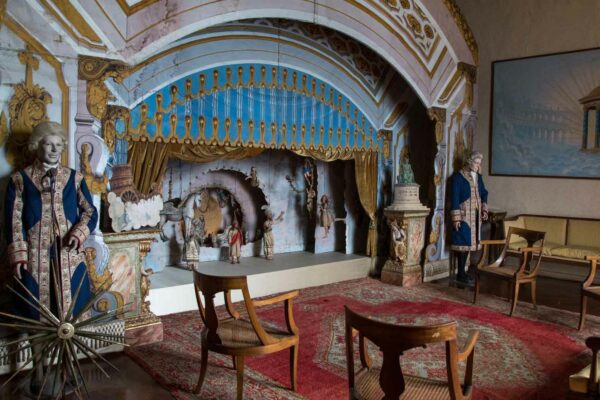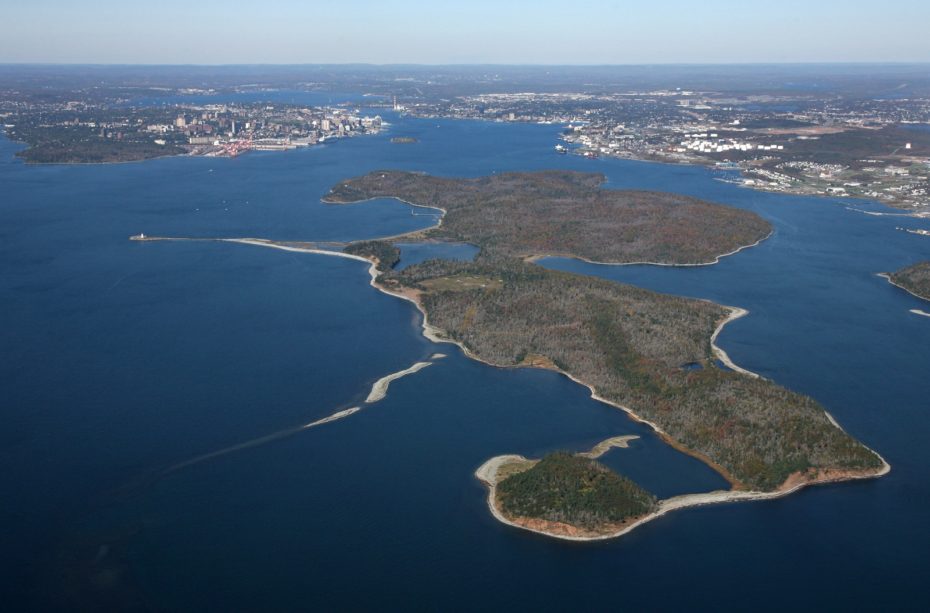
©Friends of McNabs Island Society
On a recent trip to Nova Scotia, Canada to investigate the cemetery where many of the victims of the Titanic were buried, a chance conversation in a bar in Halifax, brought up a fascinating island lying abandoned just in the harbour, called McNabs Island. I was told that this island was home to the some of the most enchanting collection of ruins you could wish for; a cove of shipwrecks, abandoned forts, the ghosts of old fairgrounds, the remnants of a soda factory, slowly decaying Victorian houses and their once grand gardens, potters fields filled with the victims of a cholera epidemic, and a place simply and beguilingly know as Hangman’s Beach. To add to the mystery, local legends tell of forgotten mines filled with gold. Does anything capture the imagination as much as deserted island full of such ruins?
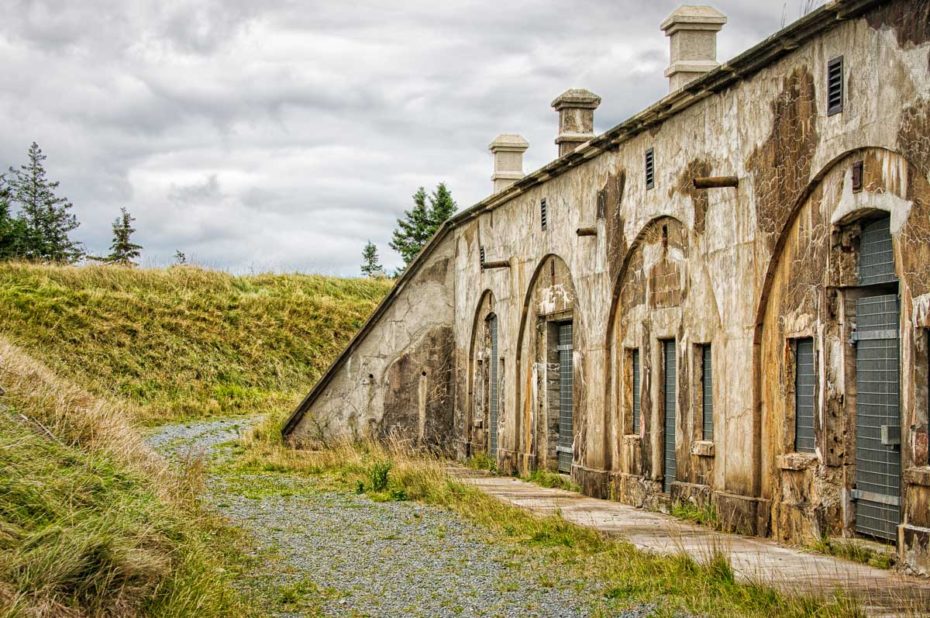
©Halifax Military Heritage Preservation Society
Asking more about this mysterious island, I was given the phone number of a local ship’s captain, who would sail me out to discover the secrets of McNabs Island, a man known as Captain Red Beard.
Told to bring everything I might need with me, (there would be nowhere to get food or fresh water on the island) and to prepare for emergencies, we arranged to meet the next morning at a small quay, not far from Halifax.
Red Beard, real name Captain Mike Tilley (whose beard lived up to the name), explained that he and local friends had for many years, been working to educate people about the island, preserve its history and abundant wildlife, ferry people across from the mainland, and tell the incredible story of McNabs Island.
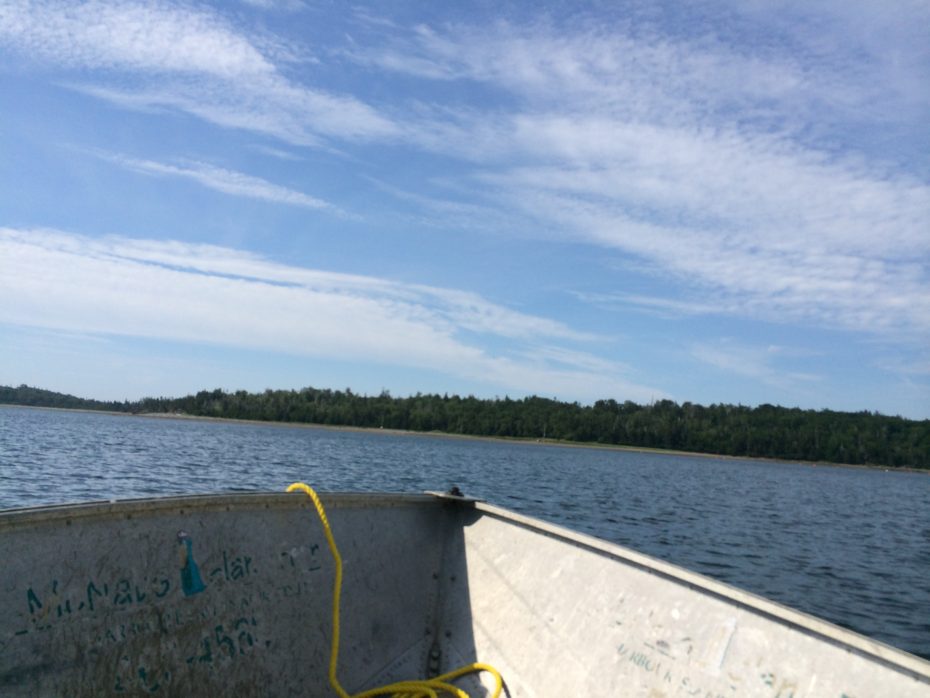
©LukeJSpencer
Sailing over the choppy seas, we soon approached a decent sized looking island, lying fairly low to the ground but with several hills, and with sandy beaches and thick forests that appeared to reach down to the shoreline.
As we pulled up on the beach, Captain Mike gave me a map of the island, and asked what time I would like to be picked up. Agreeing a time, he sailed off, leaving me alone to explore. With no cell phone coverage, I hoped that I hadn’t just been marooned on the deserted island.
One of the first things to strike you about McNabs is its peaceful tranquility. Left abandoned for many decades know, nature has slowly reclaimed the man-made structures there. It looks much as it must have done, when the first Europeans landed their boats here centuries ago.
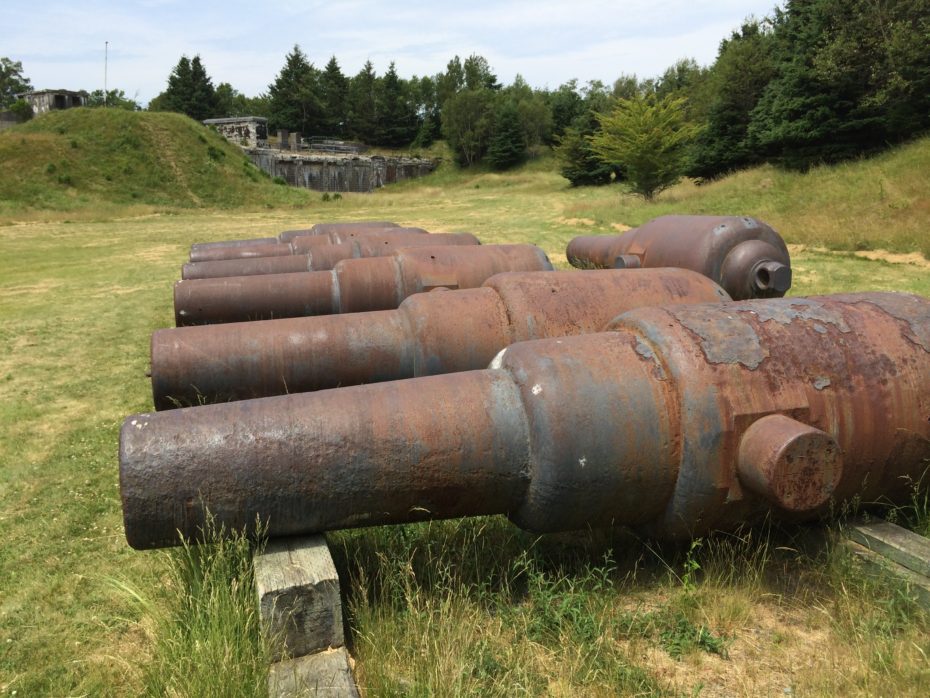
©LukeJSpencer
In 1787, one such adventurer, a British officer called William Dyott, landed on McNab’s Island, in much the same spot. He wrote in his diary, “a most beautiful small island entirely covered with spruce fir to the water’s edge…formed altogether a most beautiful prospect. I never spent a more pleasant day.”
Map in hand, I followed in the footsteps of the long forgotten British soldier, heading northwest in the direction of the ruins of old Fort McNab.
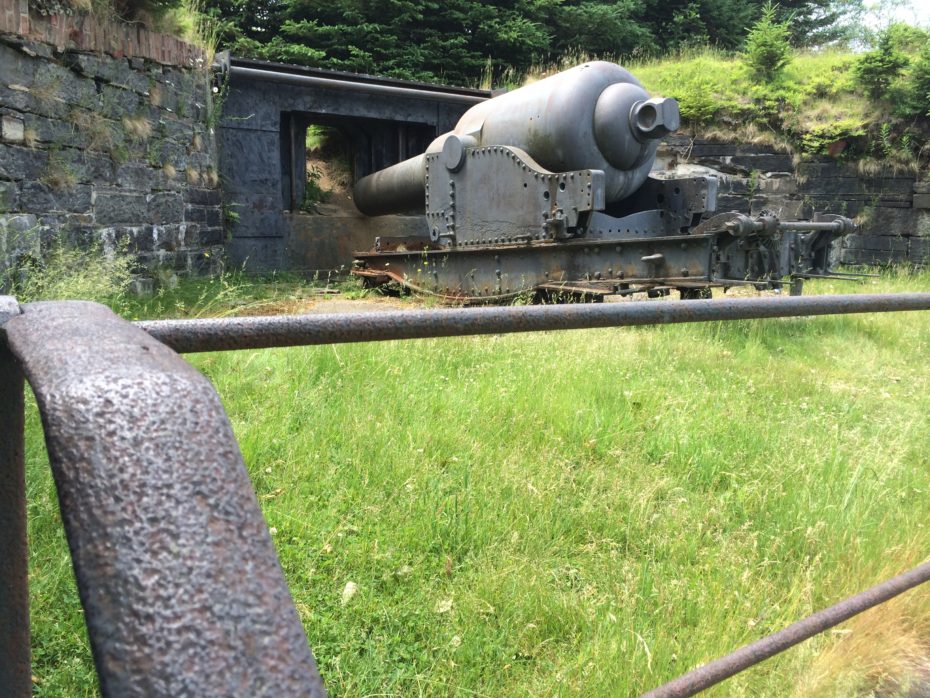
©LukeJSpencer
The second thing to strike you about the island is it’s close proximity to Nova Scotia’s principal city, Halifax. It makes it all the more curious why it was abandoned.
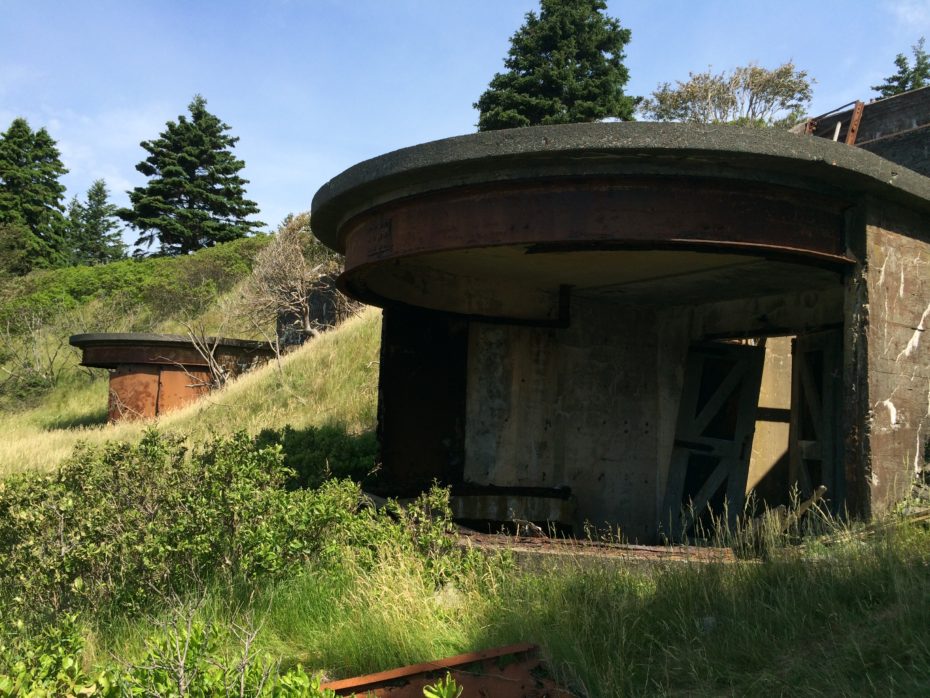
©LukeJSpencer
But it wasn’t always so. McNabs Island is just under 400 hectares in size. It was once popular hunting and fishing grounds for the Mi’kmaq First Nations. In 1749, Colonel Edward Cornwallis landed, beginning a long, military presence on the island that would span for two centuries. For many years, McNabs was known as Cornwallis Island, and was of vital, strategic importance, guarding the approaches to Halifax from enemy ships.
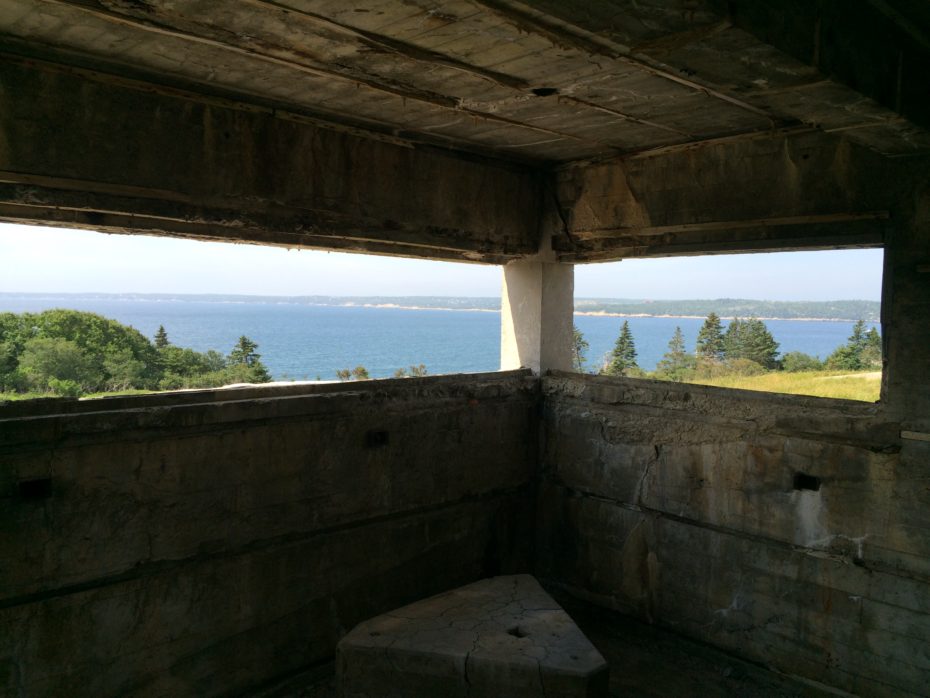
©LukeJSpencer
Walking up a steep incline, I came across the ruins of Fort McNab. Construction had begun here in 1888, designed to protect the outer harbour of Halifax. The old concrete pill boxes, munitions stores buried deep underground, and the gun emplacements themselves are eerily quiet. Further up the island are the remnants of the older Fort Ives, built in 1864, where the rifled, muzzle loading guns still stand sentient, pointing in the direction of the Halifax’s Inner Harbour.
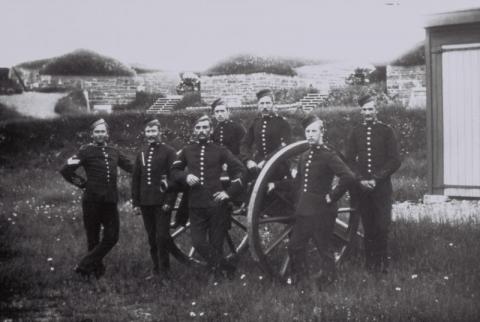
©Friends of McNabs Island Society
The coastal defences on McNabs were once a forbidding deterrent to naval invasion, one contemporary historian noting, “an enemy attempting to reach the inner harbour would have a devastating broadside.” A standing force was stationed on the island during the two World Wars, but the advent of long range bombers and ballistic missiles saw the island’s military usefulness recede, and eventually come to an end; any threat to Canada would come from the skies and not the sea.
Venturing further northwest, you reach the former home and graveyard of the family that gives the island it’s name; the McNabs.

©LukeJSpencer
Peter McNab bought the island in 1782, building houses to farm the island. Later McNabs were successful merchants, trading in port and madeira wines, sugar, spices, tea and coffee. Ellen McNab was the last of the family to live on the island. She sold off the last few remaining acres, and died in 1930.
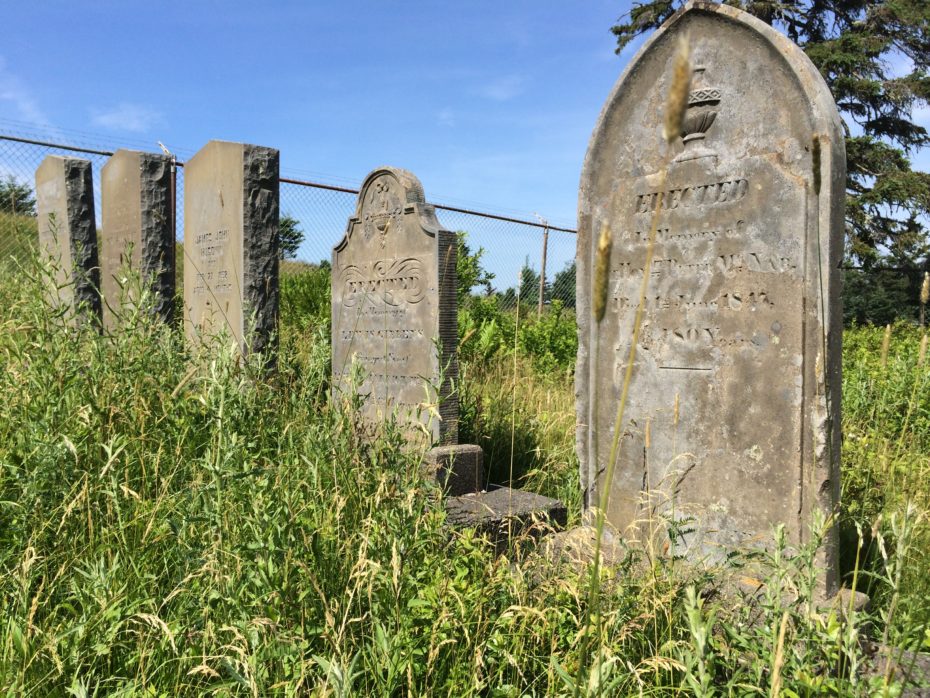
©LukeJSpencer
Up until the 1950s, there were as many as sixty to a hundred people living still on the island, but all have long since gone.
Like many of the old buildings on the island, the old McNab family home has gone. But the remnants which have survived, have done so largely to a dedicated group of volunteers, who since 1990 have worked tirelessly to preserve and promote this special place, that for decades has been in danger of being permanently ruined.
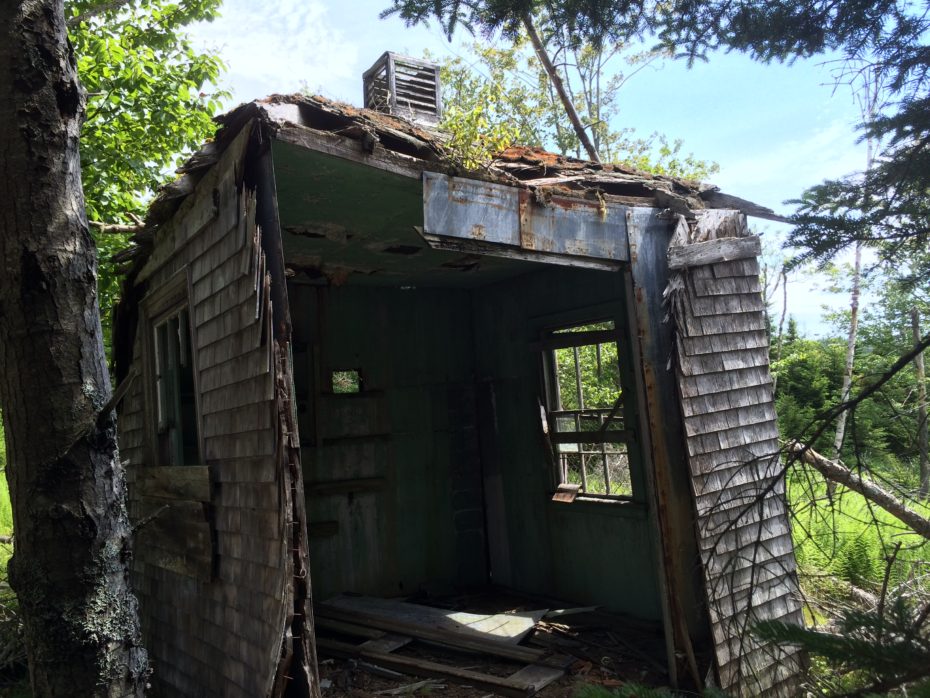
©LukeJSpencer
Messy Nessy Chic caught up with the Chair of the Friends of McNabs Island Society, Cathy McCarthy to find out the true story of the island. “When the Society was formed in 1990”, McCarthy explained, “the island was the proposed site for a mega-sewage treatment for Halifax, even though it was a designated Provincial Park, and Fort McNab was a National Historic Site. People who loved the island joined together to form a non-profit society to preserve and protect the island as parkland.”
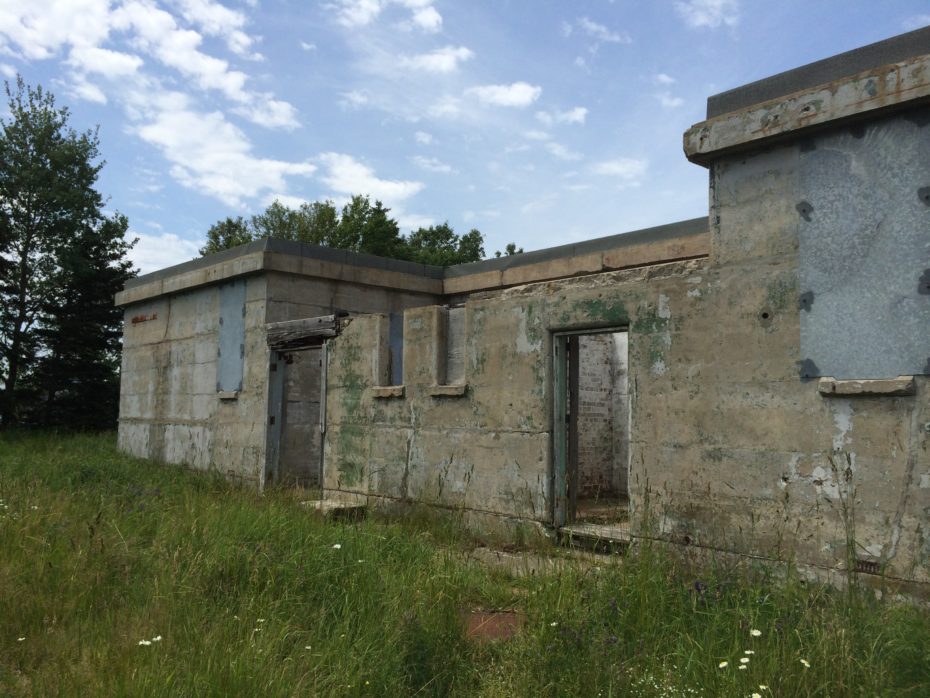
©LukeJSpencer
Cathy McCarthy had first visited the island in 1980, exploring an old abandoned, terraced Victorian garden, that had belonged to one of the family homes here. They had been built in the late 1800s, and were said to have rivalled the most splendid sculpted gardens to be found on the mainland, but had been left untended since the 1930s. “I thought…this is such an amazing place that’s just been sitting here, unmanaged and unkept all these years. It’s kind of lost in time.”
Leaving the old McNab family plot, and continuing north on the island I walk past by Hangman’s Beach, where during the Napoleonic Wars, British soldiers were said to have hung captured enemy. A lighthouse stands guard there now. Standing on the beach, imagining the events that took place here is eerie enough. Heading east however, you come across something much eerier still – Wreck Cove.
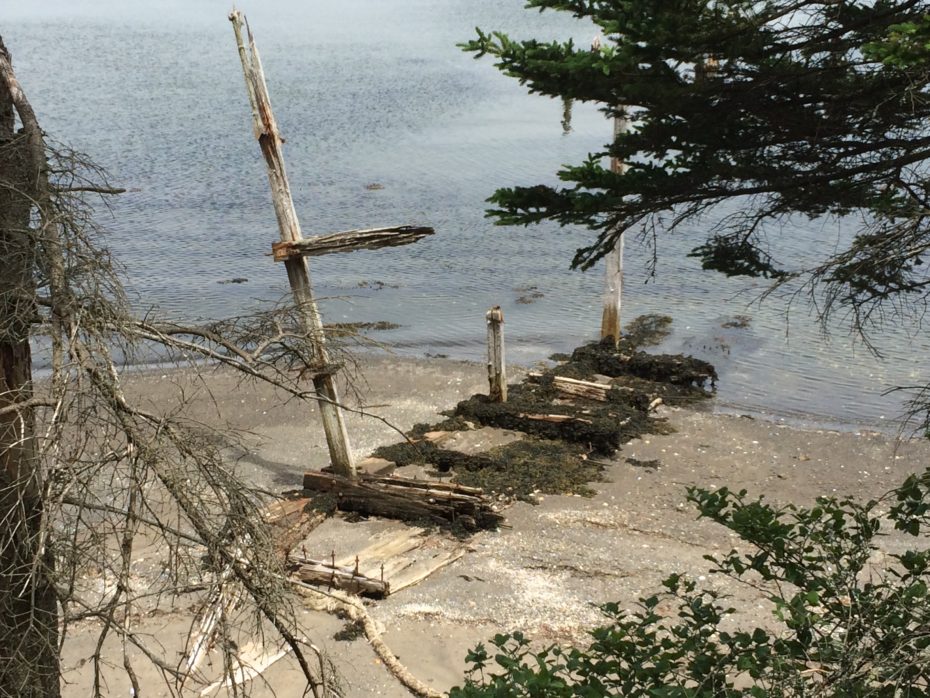
©LukeJSpencer
Due to its location in the Halifax harbour, mixed with dangerous shoals, McNab’s Island is surrounded by deadly, treacherous waters. The Cove might be one of the highest concentrations of shipwrecks to be found in Nova Scotia. Ferry boats, tugs, schooners and trawler have all met their fates here, the landscape marked with exposed and weathered keels, masts, ribs and hulks. Dan Conlin, writing for the Friends of McNabs Island Society, remarks, “evocative old timbers and rusty fittings still have secrets to reveal and secrets to tell.”
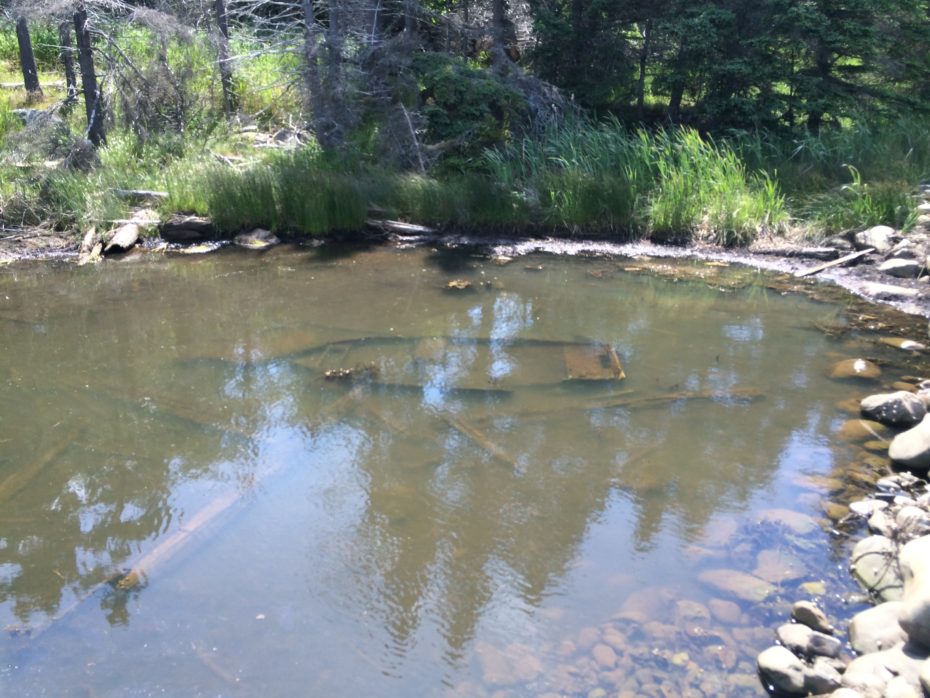
©LukeJSpencer
Amongst the ships to wreck here include the HMS Tribune, 1797, with just 12 survivors from a crew of 250; HMS Mars, 64 guns, sank without a trace in 1755. The Gertrude de Costa disappeared into the depths in less than a minute in 1950, just six escaping.
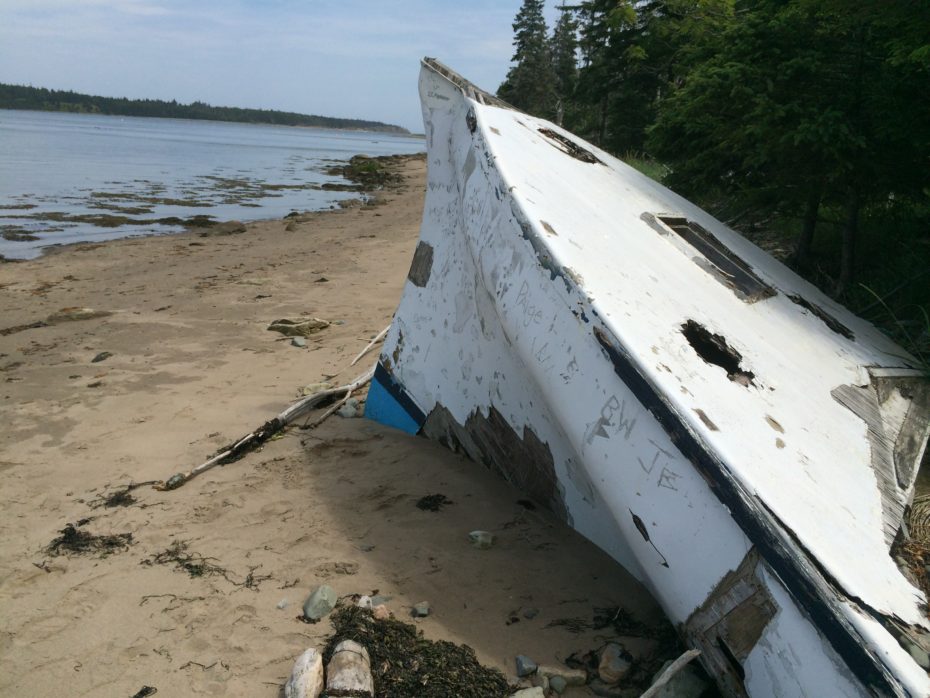
©LukeJSpencer
This haunting aspect of McNabs Island, captured by the old family plots and relics of shipwrecks, can be found further north at Hugonin Point. Here is a potters field, where prisoners from the mainland buried stricken victims of a cholera epidemic that broke out on the S.S.England, en route from Southampton to New York in 1866. Just over 200 are buried on the island, marked by a fallen memorial column.
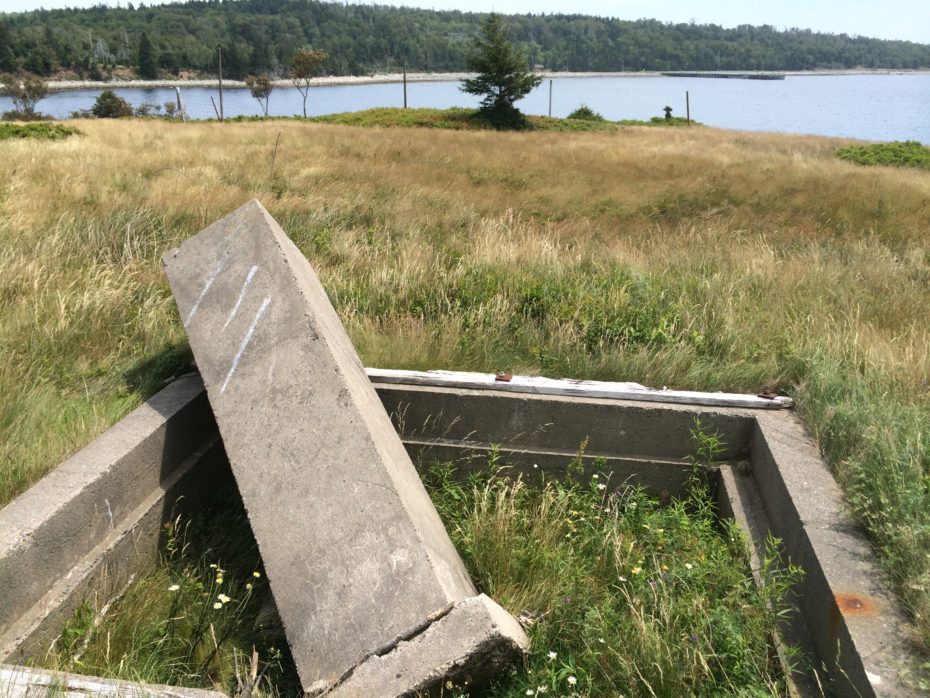
©LukeJSpencer
But for all the eeriness of the empty island, it is also a place of beauty, a wildlife sanctuary of the first class, especially for birds. Loons, ospreys, falcons, grebes, cormorants and herons are just some of the to be found in this abandoned birdwatchers paradise. It was the natural beauty of the island that saw it become a wildly popular picnicking destination in the late 1800s and early 1900s.
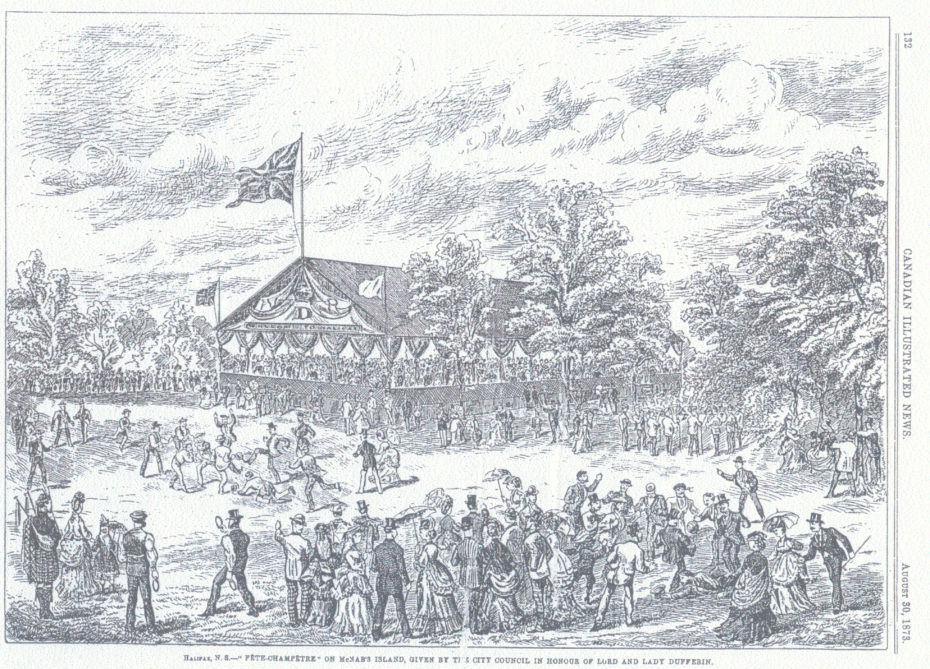
©Friends of McNabs Island Society
“This favourite locality for summer excursions” wrote the Acadian Recorder, 22nd August, 1873,” is likely to be adopted as the resort of persons wishing to remove their families from the dust and heat of the town during the hot weather.” And holiday makers came in their thousands. One picnic held on McNab attracted 4,000. Two years later, over 6,000 sailed to the island.
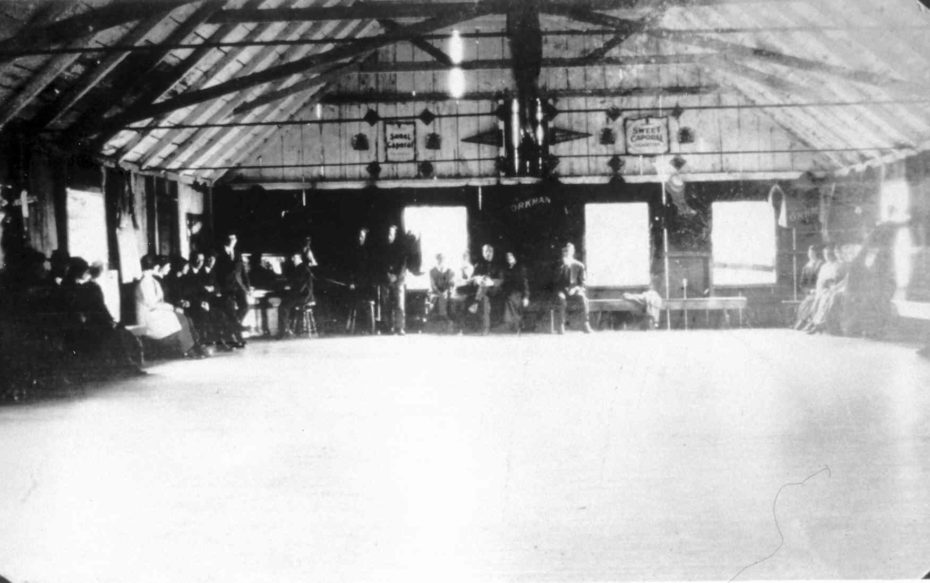
©Friends of McNabs Island Society
To cater for the summer visitors, Woolnough’s Pleasure Grounds opened in the 1870s. It had, “a most spacious dining hall, larger than any in this city or province, so arranged to be open at the side or ends.”
Concerts and games of croquet were held at the Hugonin House Grounds. James Findlay opened a pleasure ground that offered a dance pavilion and a steam powered merry-go-round.
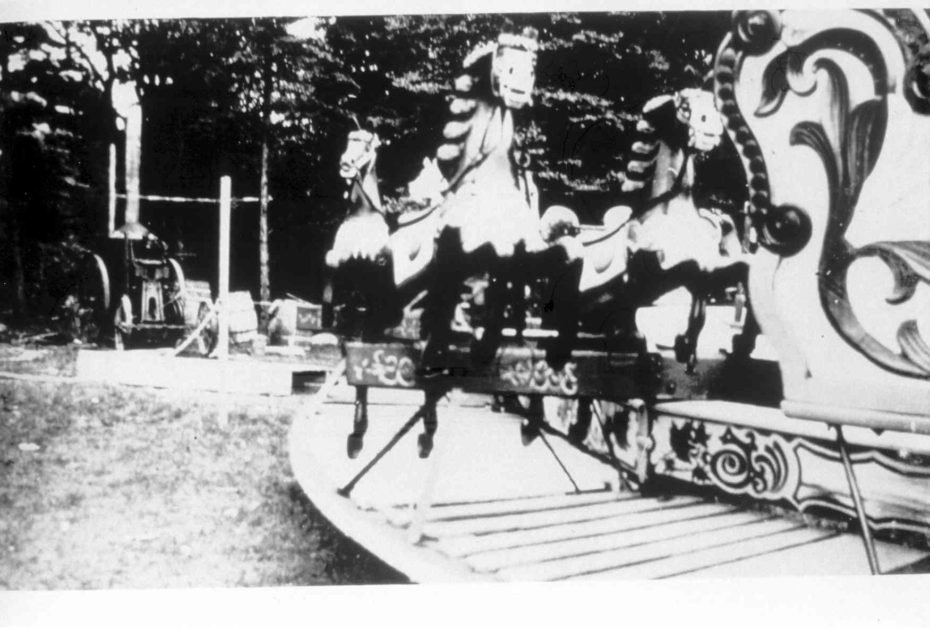
©Friends of McNabs Island Society
A drinks manufacturer, A.J.Davis opened a soda bottling company on the island, also producing a ‘not-so-soft’ drink called ‘Pure McNab’. In the 1920s, Bill Lynch ran carnivals on the island.
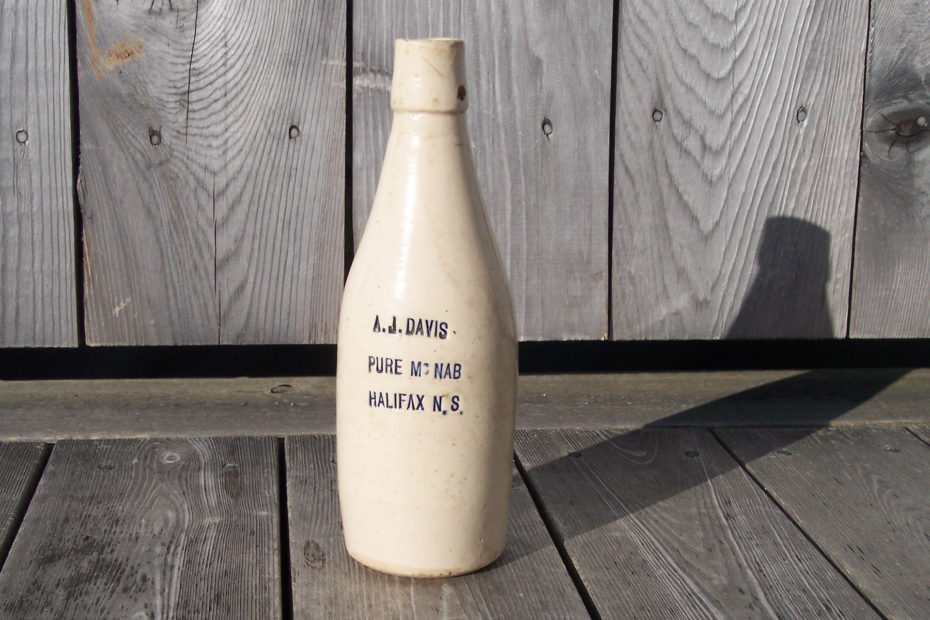
©Friends of McNabs Island Society
During the Jazz Age, the old military base became a swinging, glittering highlight of the Halifax summer scene.
But just a few decades later, the island began to empty, and become rarely visited, if at all.
Lynch took his carnival touring, taking the merry-go-round with him. The Temperance Act saw drinks outlawed on the island. The military presence all but evaporated, and eventually the regular ferry to the island stopped due to declining business.
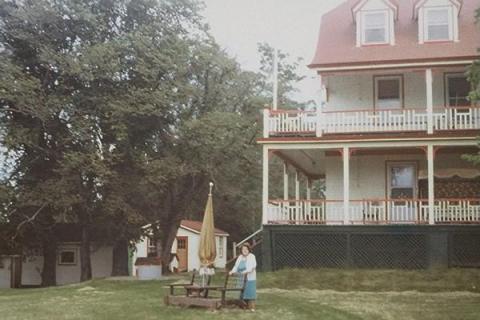
©Friends of McNabs Island Society
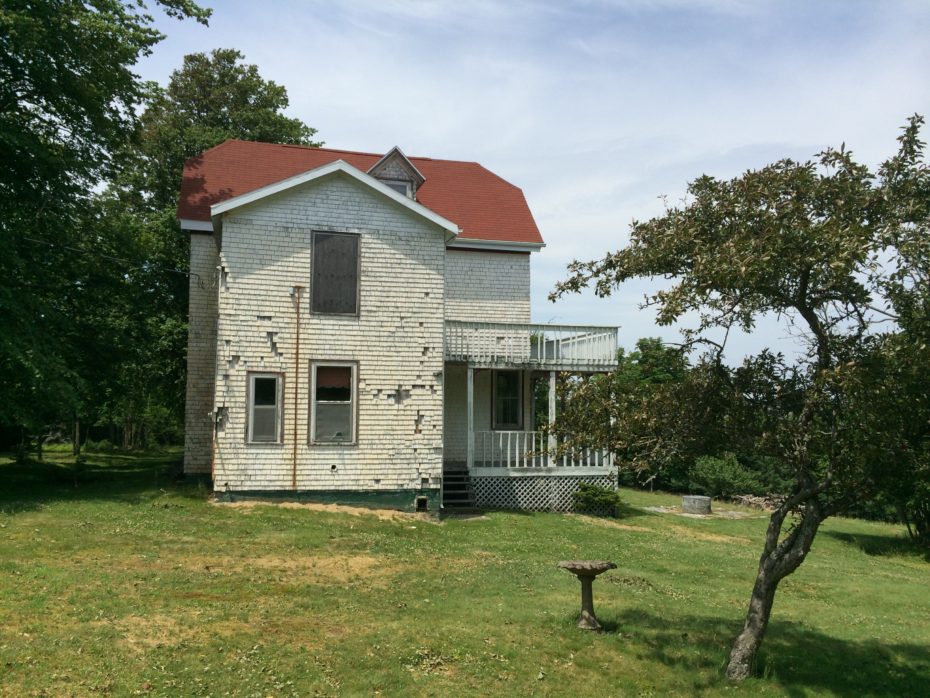
©LukeJSpencer
Two of the old houses on the island “are in poor shape”, says McCarthy. “The government has allowed them to deteriorate considerably over the years. They will need a lot of money to repair. We’d like to see them converted into a residential outdoor education centre.”
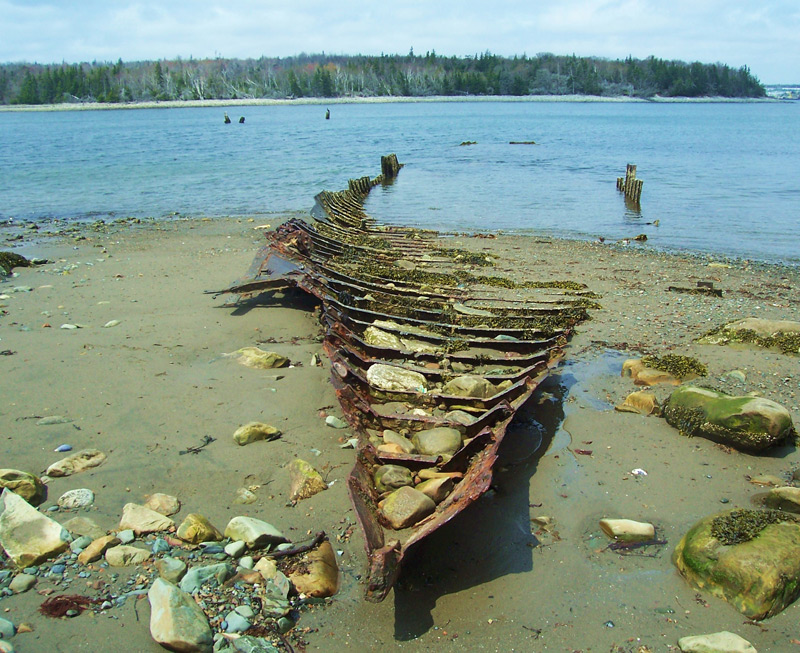
Through the efforts of the Friends of McNabs Island Society, the island was granted Provincial Park status, but they run solely on volunteer help with little or no government help. The group works on everything from maintaining trails, cleaning the beaches, helping organizing trips to trying to document the cholera victims in the potters field.
Soon it was time to head back to the beach where I was due to meet Red Beard. Captain Mike Tilley dutifully appeared on the horizon, picking me up from what must be the most magical, and historical island imaginable.
Information about the island, and the work of the Friends of McNabs Island Society, including details about how to get there can be found at http://mcnabsisland.ca/








